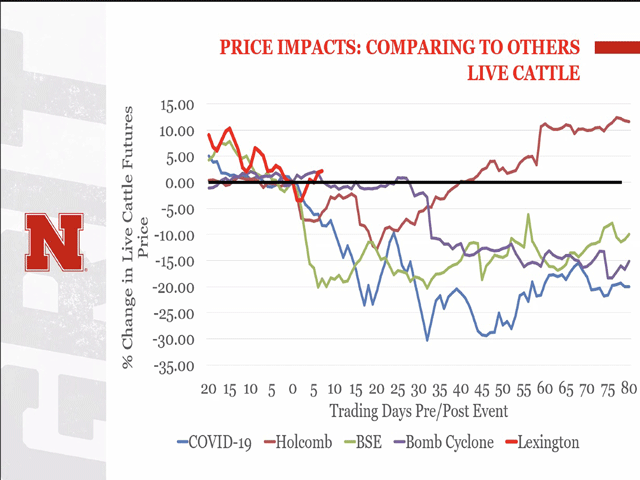Canada Markets
Statistics Canada's Crop Conditions Assessment Program
Checking crops just isn't what it used to be, although chances are good that there's still a great deal that a satellite passing through space can't detect. Since 2010, Statistics Canada has been releasing data/imagery obtained from National Oceanographic and Atmospheric Association (NOAA) satellites which can act as a tool to evaluate crop conditions across the major growing areas of Canada and the northern States.
The analysis comes in the form of two different resolutions, a 1000 meter resolution and a 250 meter resolution, and can hone in on various crop areas, including provinces, census divisions, municipalities, counties and townships. The data is presented in the form of colored maps, as attached, as well as in graphs and tables. Comparisons can be made to historical averages which go back 26 years.
The attached graphic shows the most recent data, which includes results up to June 16, as compared to normal. This particular map is the thematic map, which takes the satellite map presented and smoothes the data in order to present common themes over the areas in question. As shown in this graphic, the vegetation cover in Alberta was largely higher than normal, except for the Peace River, which is indicated as having lower-than-normal vegetative growth. Saskatchewan was largely categorized as similar to normal for that time. The northeast of the province, however, appears as lower than normal. The largest concern is the area shaded brown, from southern Manitoba and extending south into the United States. This area would suggest vegetative growth much lower than normal.
P[L1] D[0x0] M[300x250] OOP[F] ADUNIT[] T[]
This analysis is also utilized to analyze yields of spring wheat, durum, barley and canola, the first of which will be released in August. The yield analysis for the past three years cautions that the work is an "experimental indicator", with the official Statistics Canada data to come in the various report releases through the official reports containing the July, September and November estimates of field crop production.
So how close have these yield estimates been in the past? The last yield estimate provided for 2011 was the week of August 15-21. Looking at the total production of the four crops in question as assessed over the four western provinces, Manitoba through British Columbia, we see that actual spring wheat production was just .3% higher than assessed by the CCAP, actual durum production was 10.2% higher than the CCAP estimate, canola was 3% higher than the CCAP model and barley production was 5.3% lower than indicated by CCAP. Note the actual production data was derived from Statistics Canada's official reports.
In 2012, actual wheat production was 1.7% below the CCAP forecast as of the August 13 to 19 period, actual durum production was 2.1% above the forecast, actual canola production was 16.6% below the forecast and actual barley production was 12.8% below the CCAP forecast.
While some of these results are intriguing, they obviously miss various forms of yield loss that take place after the mid-August period when the data is taken. I'm sure there's little that can beat having boots on the ground when it comes to determining the true condition of any crop.
The program can be monitored at the site:
I look forward to following this data throughout the growing season.
Cliff Jamieson can be reached at cliff.jamieson@telventdtn.com
(AG)
© Copyright 2013 DTN/The Progressive Farmer. All rights reserved.




Comments
To comment, please Log In or Join our Community .